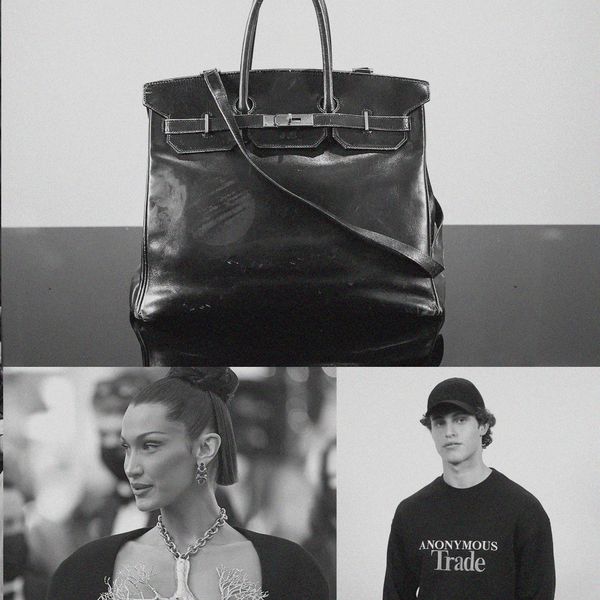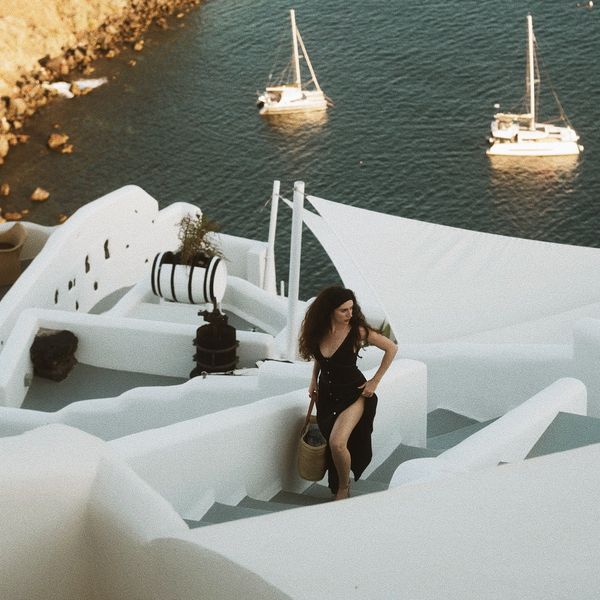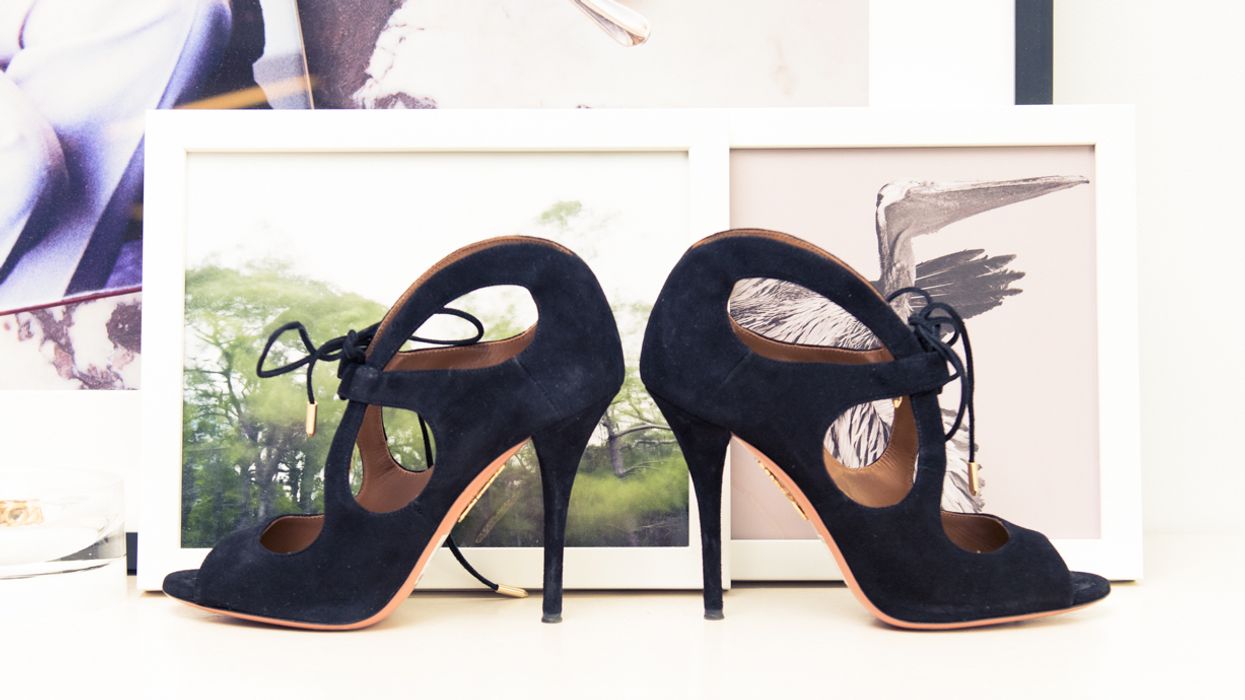
If you listen to the peanut gallery, the demise of print media is nigh. Not according to Pilar Guzmán. Not according, apparently, to the magazine she heads up as Editor-in-Chief, either: Condé Nast Traveler, the glossy travel magazine that still beats Pinterest in terms of dreamy getaway inspiration and has upped its ad pages for its newly revamped, all-important September issue by 20 percent. Blame it on the incredible photography, wanderlust-y writing or the fact that we feel compelled to hoard it by the issue under our beds: print's not dead, and CNT's leading the charge. Here, we got Guzmán to spill on why, how Instagram got them rethinking their entire strategy, and what it's like to count Anna Wintour as your sole career mentor.
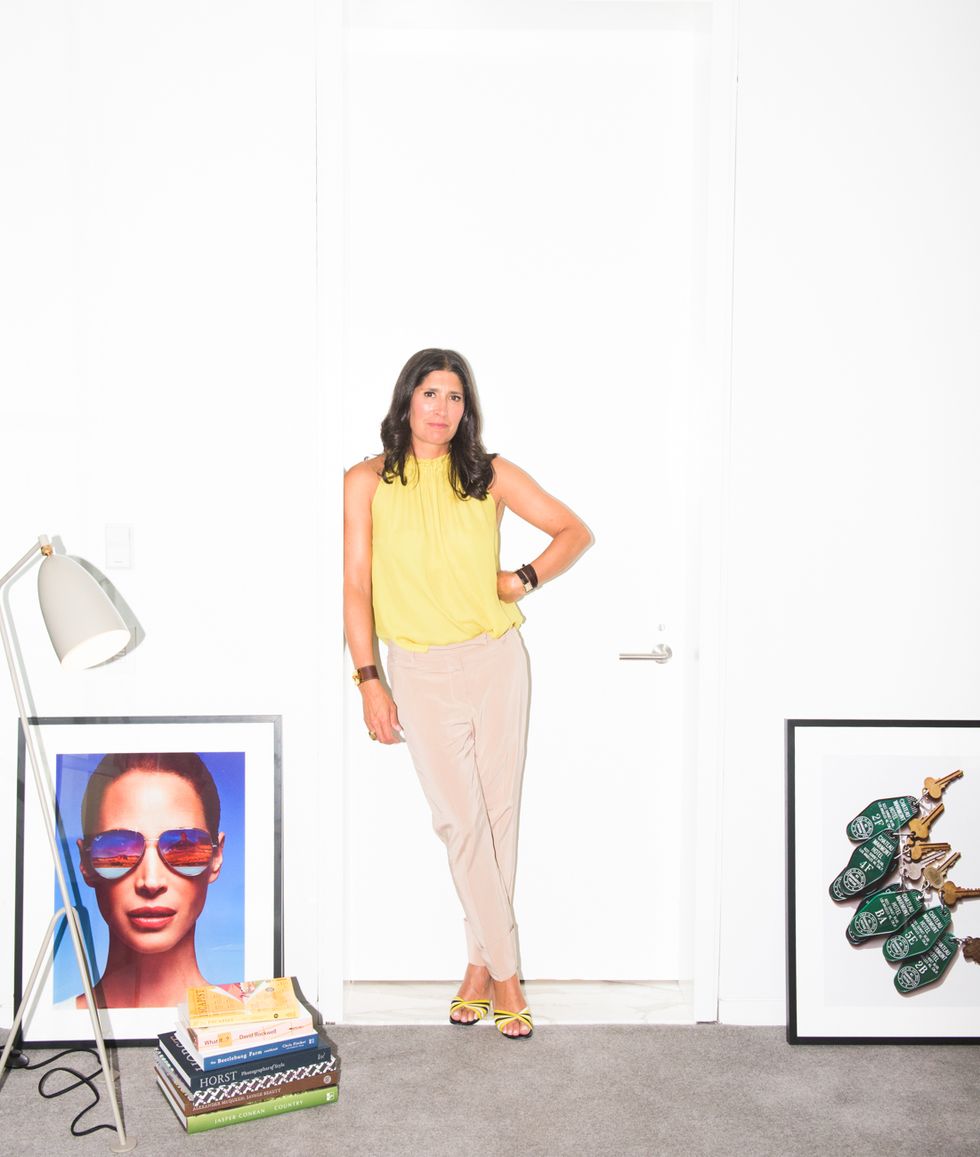
ON THE CHANGING NATURE OF HOW WE SEE TRAVEL:
“Most people’s relationship to travel has changed generationally. Like [with] my parents or my parents generation, travel was a big deal. You did a grand tour and it was very sort of prescribed. There were certain things that you did in a certain order, and I think nowadays in some irrespective of income, people feel a much greater entitlement to frequent travel and different kinds of travel. I think that’s just something that’s been happening in general, and it’s lead to all kinds of different travel blogs and magazines like Afar which cater to a more millennial audience. I also think at the upper end of the market, which Condé Nast Traveler has always been in, that the approach to travel as a category... we have tried to telegraph what we are feeling in the culture, which is that people, they travel for food, they travel for shopping, they travel for the opening of an art exhibit in another city. They just need the excuse, and so the lens for travel has sort of shifted in some ways and become the kind of umbrella under which all of these passion points can exist.”
ON LOCAL SPECIFITY > TRAVEL EXPERTISE:
“I think digitally, it means that we can sort of own food... the kinds of people we collect to be our eyes and ears on the ground are sometimes not people that travel themselves, but are actually experts within their own cities, on a certain subject. I’m not interested in what a quote-unquote 'travel writer' or 'blogger' has to say about Nashville if they don’t know it as well as some fantastic shopkeeper does. It’s really about local specificity more than it is about travel expertise. I want to go to the person that knows everything about cocktails in Charleston, not the person from New York who goes to Charleston to tell us what the great cocktails are there, you know what I mean? There’s a difference, and sometimes that person from New York can be that person. It’s all about editors becoming curators of the curators.”
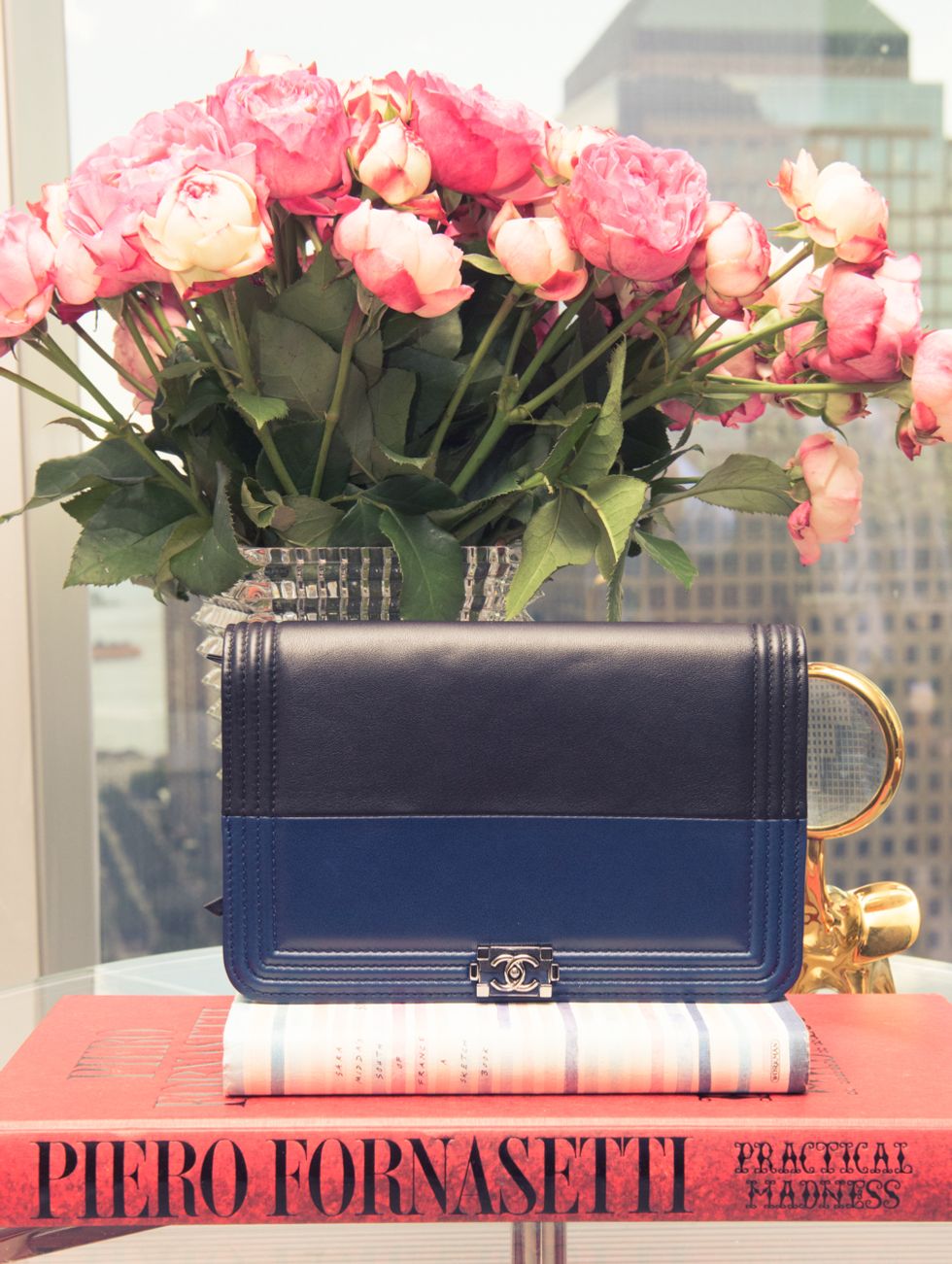
ON SOCIAL MEDIA'S IMPACT ON TRAVEL:
“What I love about Instagram—we can just start there because it’s such an obvious medium for this category—so much of our discovery happens through the people that we follow. You follow like-minded people and like-minded people follow you, so we get a lot of ideas from the people that we follow, like oh, either 'so and so is there, we should have them check this out', or 'wow, I’ve never seen that particular corner of New Zealand'. Then I’ll go Google Map it and figure out where it is, and sometimes that can be a point of departure for a further exploration on an area. There are all kinds of ways in which social actually allows us to research in ways that we didn’t used to be able to.
Travel magazines have taken cues from social media; I think hotels are taking cues from what they realize is growing demand for that cultural immersion. I think that from little things, like locally-sourced materials within the hotel because people wanna have a sense of place, to the restaurant being less hotel-y and more local, and reflective of place. I think oftentimes, hotels will have at a certain level, a kind of anonymous high-level of cuisine that is continental because there’s a perception that Americans want that safety. I think increasingly, the less fearful people become, the more they want to embrace local culture and have the cuisine of place.”
ON AIRBNB'S IMPACT ON THE TRAVEL WORLD:
“The Airbnb world, I think is super fascinating. I think hotels are alive and well; I don’t think that there’s anything threatening going on there. I just think more people are traveling and more people need places to stay! More people are fearless; I think that hotels in some ways are a safety net. They give you a sense of security when you’re in a new place; everybody understands how to experience a hotel. The more immersed you want to be in a culture, the more likely you are to rent a house and stay in a neighborhood and live like a local. I think increasingly, people are pushing the boundaries of their ability to immerse in a culture and become culturally fluent. The tools that we try to give people to become as fluent as they can possibly be, to give them the on-the-ground intel, so that they can navigate seamlessly within a place. It just depends on how you want to experience a city; it depends on the trip, the mood, who you’re traveling with, what you need to accommodate. I think that feels really exciting, the more normal that becomes.”

ON INSTAGRAM'S DEMAND FOR AUTHENTICITY & INFLUENCE ON TRAVEL PHOTOGRAPHY:
“I think Instagram has demanded a greater, [this is an] overused word, authenticity in storytelling. I think you can smell when somebody on Instagram has cooked up the shot and framed it just so. I think the things that people tend to really like are the real moments, and I think there is a cue that we have taken from that the fact that an Instagram image can be far more moving than a very slick, professional image, because it’s real. You can Google image anything around the world and get that slick, predictable, travel magazine-y type shot. It has forced us to really examine our own kind of visual conventions and has forced our hand, in a good way, to remember what is moving about an image. Usually, it’s about an honest moment, and sometimes the honest moment can be composed, it can artful, it can be loose, it can be reportage, but I think that people’s eyes have become more trained to smell a fake.
It also has pushed us to kind of find photographers who don’t typically shoot travel, but have an interesting viewpoint. Something that feels fresh and different. We have been mining different talent that's not the typical stable of travel photography; so that we see something that doesn’t look like the Google image, cheapened by it’s infinite access.”
ON CNT'S BIGGER & BETTER FORMAT & SEPTEMBER ISSUE:
“Travel is such a rich category, that of anything worthy of print, it’s a category that is so ripe for print in ways that maybe other categories are less so, and better served digitally or through mobile. I think travel is such a fantasy category, that to see the images just a little bit bigger and the paper stock a little bit heavier... we know from our readers that they keep our issues, that they go back to them and they dream about these trips. They ear-mark them and they leave them out on their coffee table, so even the act of reading a magazine is a luxury. Hopefully we have achieved that.
Not every category lends itself to print the way travel does, because of that ultimate fantasy luxury element. I think it’s sort of like saying a beautiful coffee table book is better on your phone. To that end, I think that there will be fewer print magazines, of course, because they’re very expensive to produce, but if anything we’ve had such wonderful growth actually in these last two years."


ON PRESERVING PRINT IN THE TIME OF THE RISE OF MOBILE:
“I think that as mobile becomes stronger, we need to pry print... the way that content is presented digitally, we need to pry them ever more apart, so that how you experience service and on-the-ground intel on your phone is a very different experience than sitting in a hammock and combing through Condé Nast Traveler's print edition. I think that going to the heavier stock kind of forces those two experiences even further apart than a less hefty print publication does.
There’s still a hunger for experiencing this kind of content in print. Of course, digital is growing as well, because there’s just the sort of nuts and bolts of wanting to know where to eat when you’re in Miami that you want to be able to call up on your mobile and not have to bring a print publication to find, right?"
ON HER REGULAR READS:
“What’s most telling is what I take on a plane, which is usually all of the New Yorkers that I have read, like, 10% of during the week. I usually save them for my long haul flights. I’ll totally binge on the tabloids, so it’s kind of like either end of the spectrum. I read New York Magazine, I read a lot of the magazines in this building: Vanity Fair, GQ, Bon Appetit. I read, obviously, the New York Times everyday, Art Digest, Elle Décor, and World of Interiors.”
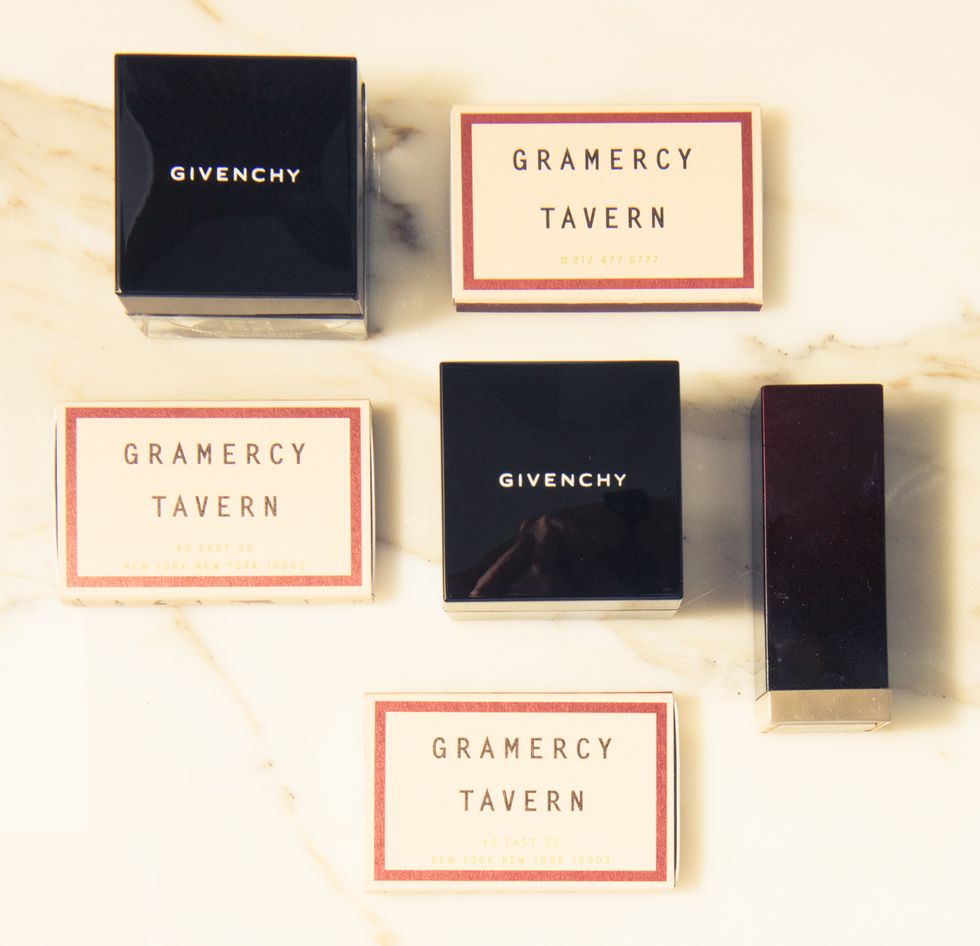
ON HER AVERAGE DAY:
“The thing is, there’s the days that I’m in the office, and the days that I travel, so those are obviously wildly different days. A combination of internal and external meetings, a lot of brainstorming between edit and art teams. The external meeting, they could be a lunch, they can be in midtown, that kind of thing. Sometimes a media appearance, which will require hair and makeup, like today! So I’ll be in here reading proofs while I’m getting my hair done [laughs], very weird.
I meet with Anna Wintour once a week, because she’s my boss and she comes to our floor and looks at where we are within an issue. We talk about a bunch of stuff, so it totally varies. We plan issues; right now we’re planning November, so I’ll spend later today looking at six possible contenders for our feature well in November. We were just discussing a front-of-book section with our fashion and editorial and art teams about what we want that section to feel like. It’s a lot of brainstorming together across different departments, stuff like that. On either end of the business day, I have two children and I try to exercise, I cook dinner, I usually prep something in the morning. It’s a crazy life if you have children!”

ON WHAT SHE LOOKS FOR IN NEW HIRES:
“I look for energy, obviously intelligence, and a kind of voracious curiosity. I think curiosity is one of the sort of underrated virtues. It’s not just enough to be smart, you have to be curious and to some degree, I like a balance of confidence and humility. If you’re not humble then you’re probably not curious enough.”
ON HER CAREER MENTORS (AHEM, ANNA WINTOUR):
“To be really honest, I haven’t had very many. I think right now, I would say Anna [Wintour]’s been a tremendous mentor to me. Obviously we’re in the same business and building, and she’s somebody who has managed the need to evolve a brand and keep it relevant for a very long time. She’s such a great sounding board. There aren’t that many people who completely understand this job and all of it’s complexity, especially right now, and the ways in which it needs to evolve, so she’s been a big one. And if one gets to have one mentor in their life, they're lucky.”
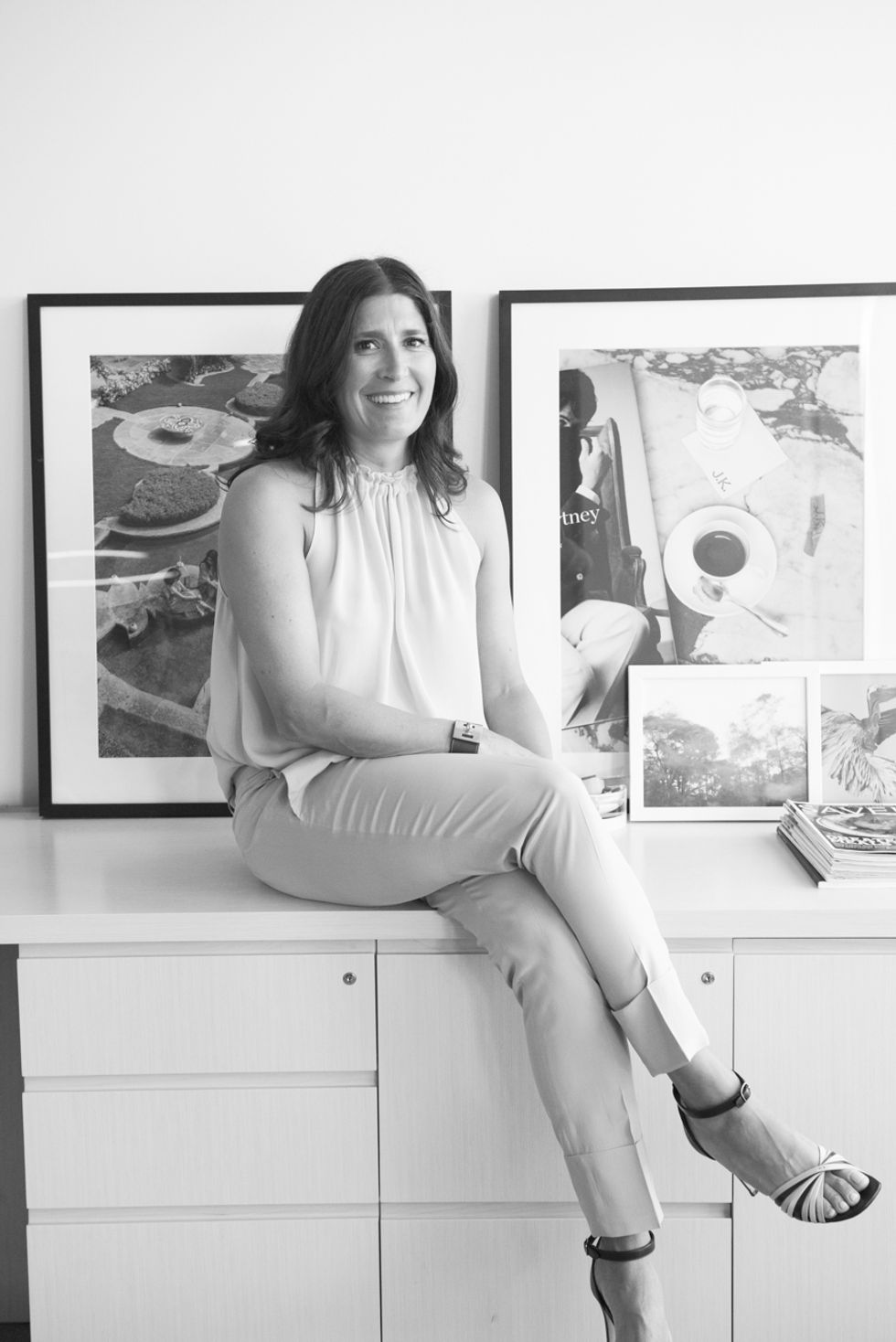
ON HER ADVICE FOR ASPIRING EDITORS:
“Read everything, read widely, read voraciously. When editors are starting out oftentimes they start out thinking they want to be writers and become editors. I think if you’re lucky enough to have a great mentor editor, study the edits. I think that people forget to really [investigate], why didn’t that sentence work, and how can I make it different? Always pull back.
Get out of the convention, or test the convention. I’m always pushing. When we redesigned, I begged the art department, 'don’t limit this to a two word headline'. I’ve written in my many years in this business every two word headline under the sun, so sometimes our conventions can stymie our creativity. Remember who's on the other end of this piece of content. I think sometimes we edit for each other rather than editing for the reader, and you always have to keep the reader or user in mind and think, how will this headline or this body of copy either serve the reader, inspire them, get them to think about something differently? Don’t just do it to be clever because you like the sound of your own voice.”


